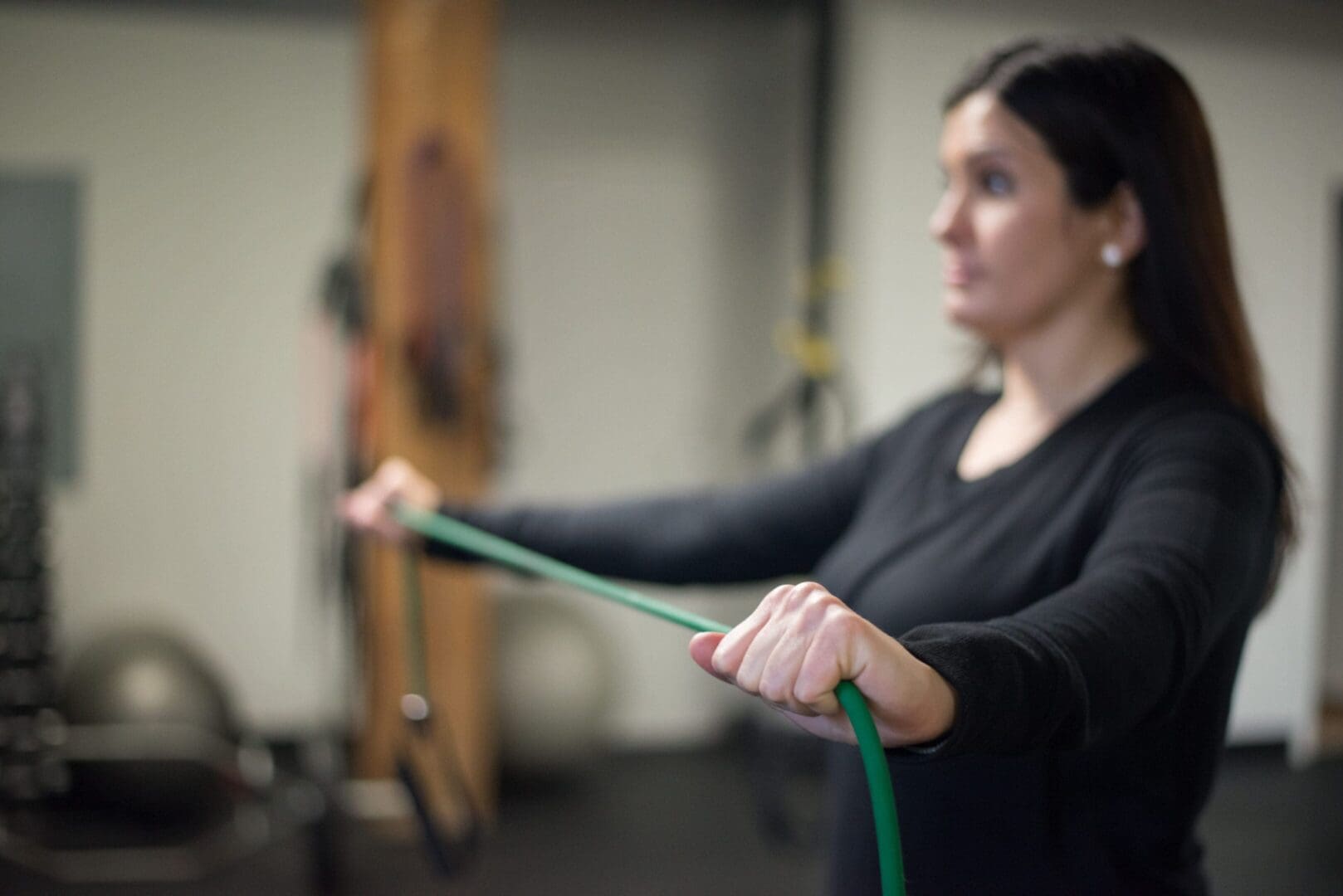Shoulder Pain
The shoulder is a combination of two joints that allow a vast range of motion for daily activities such as reaching, lifting, throwing, and other upper body tasks. Shoulder pain can be caused by injury to the muscles, bones, tendons, or ligaments that comprise the joint. Our physical therapists will evaluate your shoulder pain and create a customized treatment plan targeted to your needs.

AC Joint Sprain
The AC joint connects the front of your shoulder and collarbone to your shoulder blade. Injuries to this joint are common in people who play contact sports such as football and hockey.
Adhesive Capsulitis (Frozen Shoulder)
Frozen shoulder involves a progressive tightening of the shoulder capsule, which can be very uncomfortable and limit your ability to functionally use your shoulder. Physical therapy will help you maintain as much function as possible while recovering from this condition.
Bicipital Tendinopathy
This condition develops due to overuse and typically occurs from repetitive sports or lifting. Although resting for a short time may be necessary, gradually reintroducing load is necessary to keep this problem from reoccurring.
Impingement
A pinching sensation when reaching overhead, across your body, or behind your back may be indicative of impingement syndrome. This condition responds very well to physical therapy, and treatment often involves a combination of manual techniques, postural education, and therapeutic exercises to improve shoulder biomechanics.
Labral Tear & Repair
The labrum is located around the rim of the shoulder and helps deepen the socket that the shoulder sits in to create a more stable joint. Minor tears of the labrum can often be managed with physical therapy alone, while more severe tears may require surgery and post-operative physical therapy.
Rotator Cuff Tendinopathy, Tear, & Repair
The rotator cuff is a collection of four muscles that provide essential stability to the shoulder, especially during rotation. Injuries to the rotator cuff can occur in the muscular tissue or near the tendon, where the muscle attaches to the bone. Muscle tissue has better healing potential than tendons, but physical therapy is usually the first step in treating these injuries.
Shoulder Instability & Dislocation
The shoulder is meant to be a mobile joint, allowing us a lot of functional use throughout different planes of motion. However, when there is too much mobility at a joint without adequate stability, you may be at risk of dislocation. A customized exercise program will help enhance stability around the shoulder joint.
